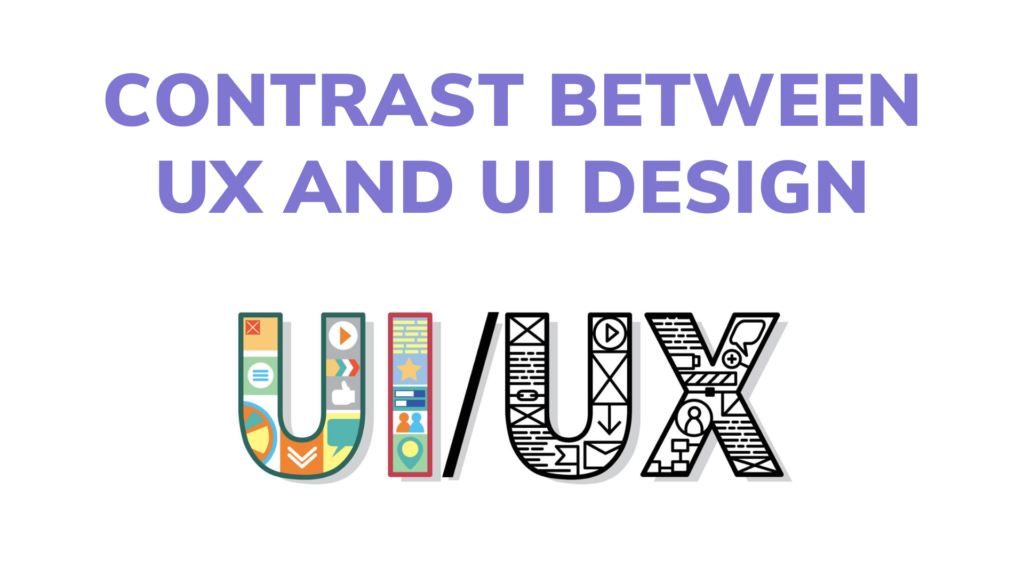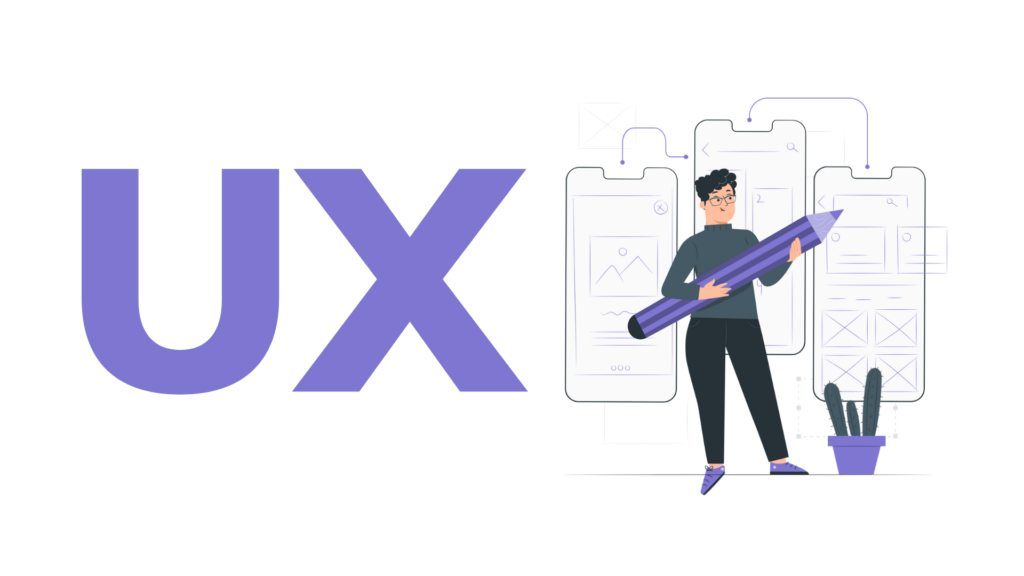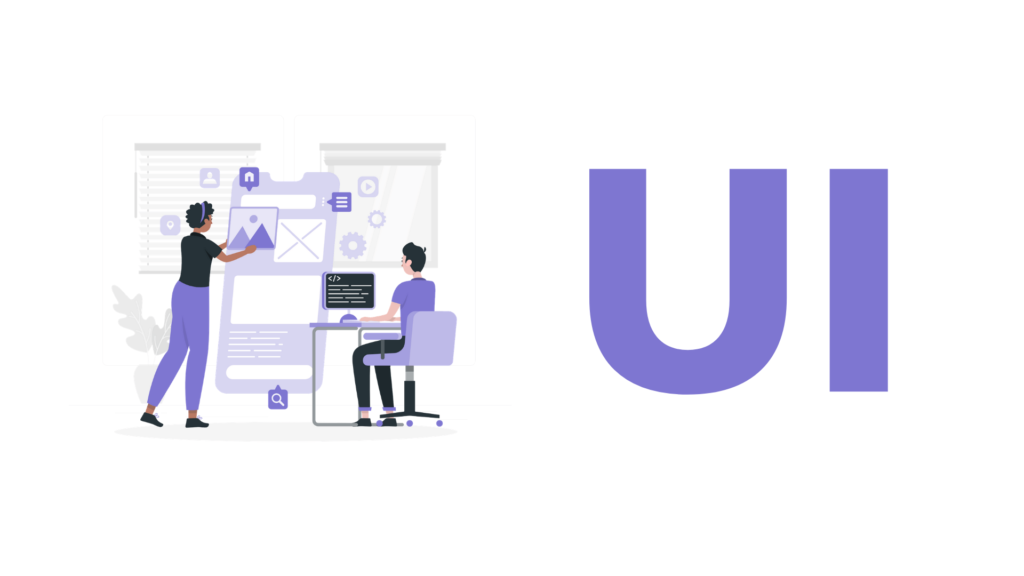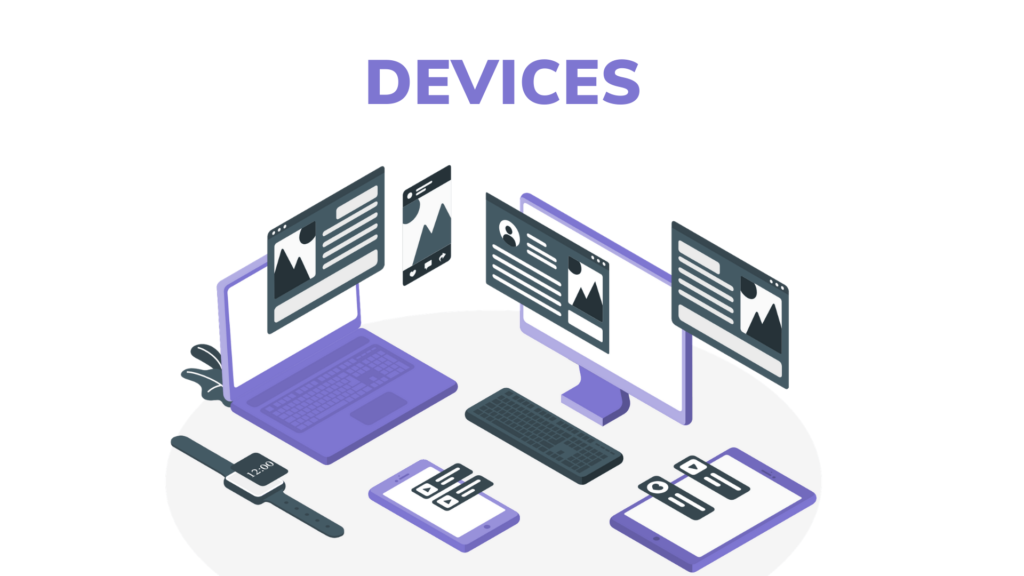We’ve all seen discussions strolling the fashionable streets of the tech capitals of the world, conversations about the incomparable “UX” of an element, or the poor “user interface” of a site. Is it a vague language that you will never recognize? Are these people just slang to look fabulous?
Alright, presumably yes to the last mentioned, yet a determinate NO to the rest. In case you’re quick to realize what precisely UX and UI mean and how they contrast, you’ve gone to the correct spot.
What’s the contrast between UX and UI Design?

First of all: What do UX and UI mean? Individuals you have listened in on are talking about two callings that, despite having been around for quite a long time, and in principle for quite a long time, UI and UX plan has been made more relatable for the tech business.
UX configuration alludes to the expression “client experience plan,” while UI means “UI plan.” The two components are essential to an item and work intently together. Yet, despite their expert relationship, the actual jobs are unique, alluding to altogether different parts of the item advancement and planning disciplines. Before we think about the critical contrasts between UX and UI, we should initially characterize what each term implies separately.
What is the client experience (UX)?

Client experience configuration is a human-first method of planning items. Wear Norman, an intellectual researcher and prime supporter of the Nielsen Norman Group Design Consultancy, is credited with authoring the expression “client experience” in the last part of the 1990s. Here’s how he portrays it:
“The customer experience encompasses all parts of the end customer’s collaboration with the company, its administrations, and its elements.”
– Don Norman, Cognitive Scientist, and User Experience Architect
Clear, isn’t that so? Well, you may note quickly that despite what I inferred in the presentation, the definition has no reference to tech, no notice of computerized, and doesn’t reveal to us every one of us much about what a UX originator does. Be that as it may, similar to all callings, it’s challenging to distill the cycle from only a couple of words.
Don Norman’s definition reveals to us that, paying little heed to its medium, UX Design incorporates all connections between a potential or dynamic client and an organization. As a logical interaction, it very well may be applied to anything; streetlights, vehicles, Ikea racking, etc. Nonetheless, despite being a logical term, its utilization since the beginning has been primarily inside computerized fields; one justification is that the tech business fired exploding around the hour of the term’s innovation.
UX applies to whatever can be capable—be it a site, an espresso machine, or a visit to the grocery store. The “client experience” part alludes to the communication between the client and an item or administration. The client experience plan, at that point, considers every one of the various components that shape this experience. A UX creator contemplates how the incident causes the client to feel and how simple it is to achieve their ideal errands. For instance: How simple is the checkout interaction when shopping on the web? How simple is it for you to grasp that vegetable peeler? Does your web-based banking application make it simple for you to deal with your cash? A definitive reason for UX configuration is to make simple, effective, pertinent, and lovely all-around encounters for the client.
We’ll address the inquiry “How does a UX architect respond?” in segment four. the UX plan needs to be thought about in the said aspect more or less, until any further development:
Client experience configuration is how to create and improve the connection between a client and all aspects of an organization.
Client experience configuration is, in principle, a non-computerized (psychological science) practice yet utilized and characterized transcendently by advanced enterprises.
UX configuration isn’t about visuals; it centers around the general feel of the experience.
What is the (UI)?

Regardless of it being a more established and more rehearsed field, the topic of “What is UI configuration?” is hard to answer due to its wide assortment of misinterpretations. While client experience is an aggregation of undertakings zeroed in on improving an item for compelling and charming use, UI configuration is its supplement; the look and feel, the show and intelligence of an object. In any case, like UX, it is effectively and frequently baffled by the ventures that utilize UI fashioners—to the degree that distinctive occupation presents will regularly allude on the calling as totally various things.
If you take a gander at work promotions and sets of responsibilities for UI creators, you will, for the most part, discover understandings of the calling that are likened to visual computerization, once in a while stretching out additionally to marking plan, and even frontend advancement.
On the off chance that you take a gander at “master” meanings of User Interface Design, you will generally discover portrayals that are to some degree indistinguishable from User Experience Design—in any event, alluding to similar underlying methods.
So which one is correct? The tragic answer is Neither.
So we should put any misinformation to rest for the last time. In contrast to UX, UI configuration is a stringently computerized term. A UI is the place of cooperation between the client and an advanced gadget or item—like the touchscreen on your cell phone or the touchpad you use to choose what espresso you need from the espresso machine. Comparable to sites and applications, UI configuration thinks about the item’s look, feel, and intuitiveness. The point is to make sure that an object’s user interface is as intuitive as expected and that careful consideration is given to any visual and intelligent components that the customer may experience. A UI planner will consider symbols and catches, typography and shading plans, separating, symbolism, and responsive program.
Like a client experience plan, UI configuration is a diverse and testing job. It is liable for the transaction of an item’s turn of events, examination, substance, and design into an alluring, controlling, and responsive experience for clients.
We’ll take a gander at the UI configuration interaction and explicit errands that a UI creator can expect in area four. Before we think about the direct contrasts between UX and UI, we should rapidly recap on what (UI) plan is about:
UI configuration is a computerized practice. It thinks about every one of the visual, intuitive components of an item interface—including catches, symbols, dispersing, typography, shading plans, and responsive plan.
The objective of UI configuration is to manage the client through an item’s interface outwardly. It’s tied in with making a natural encounter that doesn’t need the client to overthink!
UI configuration moves the brand’s qualities and visual resources for an item’s interface, ensuring the plan is reliable, intelligible, and stylishly satisfying.
We have an obvious meaning of both UX and UI; we should think about the strong contrasts between the two.
What’s the contrast between the UI and UX plans?
Both UI and UX are critical to an item and work intently together. Be that as it may, notwithstanding the expert connection between the two, the jobs of the two are unique.
We should think about an illustration of the human body. Envision an item as the human body, bones addressing the code that gives its construction. Consider organs as UX plan, which gauges and upgrades against the contribution to help life. What’s more, UI configuration addresses the body’s beautifying agents, detects, responses, and introductions.
It is significant to comprehend that UX and UI go connected at the hip, and you can’t have one without the other. Anyway, you don’t need to have UI planning skills to become a UX creator and vice versa.
The principle distinction between them is User Interface is about the item’s interface look and capacity, while the User Experience is about the general feel of the experience.
Here is which isolates UI and UX creator from their jobs:
Diverse core interest:
UI and UX fashioners have an alternate need for prototyping. For UI planners, the model ought to be a howdy fi model, be that as it may, UX creators care more about rationale and more them devotion is an untimely idea. In primary language, when you will meet clients, show them crafted by a UI creator; in any case when you will meet the software engineers, show them the model made by a UX fashioner. UI creators focus closer on the frontend, while UX fashioners center around the backend.
The tones they use:
UI fashioners plan models in a whole tone. Then again, UX planners, for the most part, utilize just three techniques, for example, dark, white, and dim, in a model plan.
The devices they use:

There are numerous distinctions in the jobs among UI and UX fashioners, and subsequently, the apparatuses they use are extraordinary. For UI originators, planning pictures is of prime significance. Consequently, they by and large use devices like Flinto, Principle, and InVision.
UX fashioners utilize wireframes as it saves time as well as makes planning more effective. There are loads of qualified prototyping apparatuses like Mockplus.
UX isn’t UI
UX configuration incorporates communication plan, client testing, and wireframing/prototyping, though UI configuration incorporates collaboration to plan and visualize.
It is essential to ensure that both the UI and UX settings contain a communication plan.
These discussed talk points will make the distinction understood:
UX isn’t UI; notwithstanding, the two supplements one another.
UI makes interface delightful, though UX makes interfaces valuable.
UX configuration goes before the UI plan.
UI makes an enthusiastic association through User experience helps in the achievement of objectives.
UX configuration happens all through items, interfaces, and administrations, while UI is simply restricted to interfaces.
Ending Up:-
The above article explains the complete UI and Ux layouts, and the differences between the UI and UX design that help to create wonderful applications.